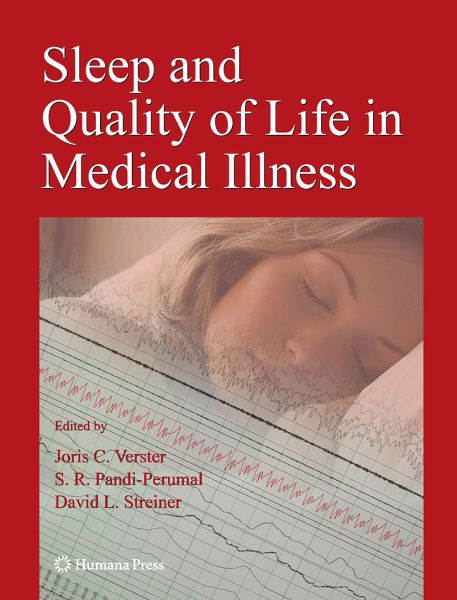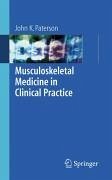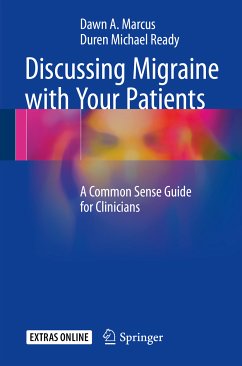
Sleep and Quality of Life in Clinical Medicine (eBook, PDF)
Versandkostenfrei!
Sofort per Download lieferbar
160,95 €
inkl. MwSt.
Weitere Ausgaben:

PAYBACK Punkte
80 °P sammeln!
The first of its kind, this book provides an evidence-based introduction to the interface between sleep and a wide range of medical disorders. Many patients experience sleep disturbances secondary to their primary illness and this often has a negative effect on their quality of life. The book is essential reading for all health care professionals concerned with their patients' well being. A clinically focused, comprehensive review for physicians and other health providers, this volume is a state-of-the-art reference work that can also serve as a textbook for students and researchers who wish t...
The first of its kind, this book provides an evidence-based introduction to the interface between sleep and a wide range of medical disorders. Many patients experience sleep disturbances secondary to their primary illness and this often has a negative effect on their quality of life. The book is essential reading for all health care professionals concerned with their patients' well being. A clinically focused, comprehensive review for physicians and other health providers, this volume is a state-of-the-art reference work that can also serve as a textbook for students and researchers who wish to become familiar with the impact of sleep on quality of life.
Dieser Download kann aus rechtlichen Gründen nur mit Rechnungsadresse in A, B, BG, CY, CZ, D, DK, EW, E, FIN, F, GR, HR, H, IRL, I, LT, L, LR, M, NL, PL, P, R, S, SLO, SK ausgeliefert werden.













